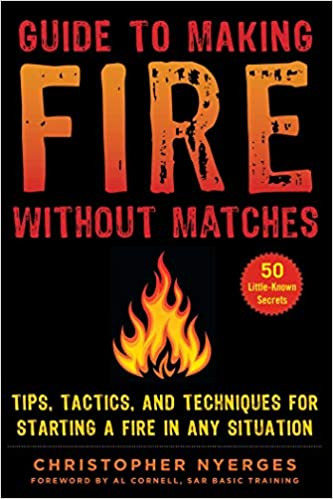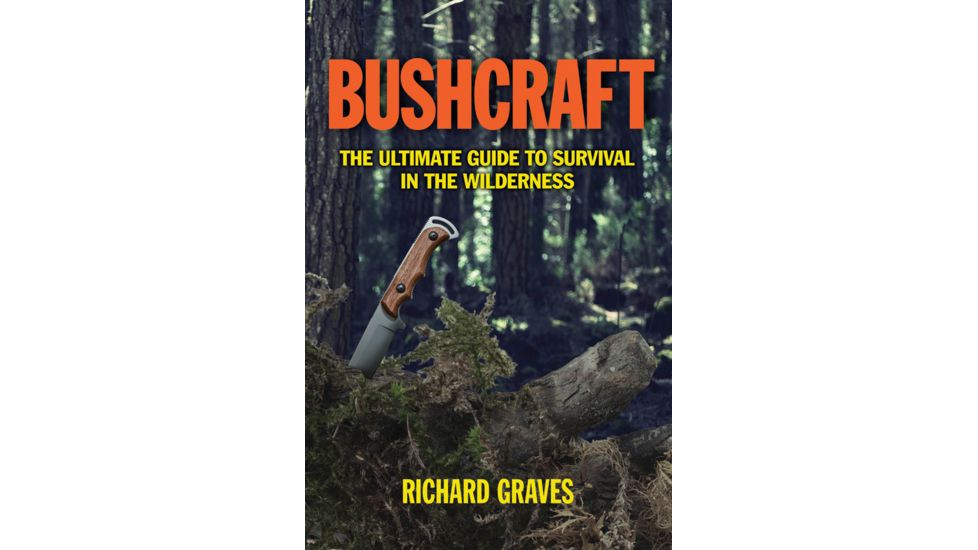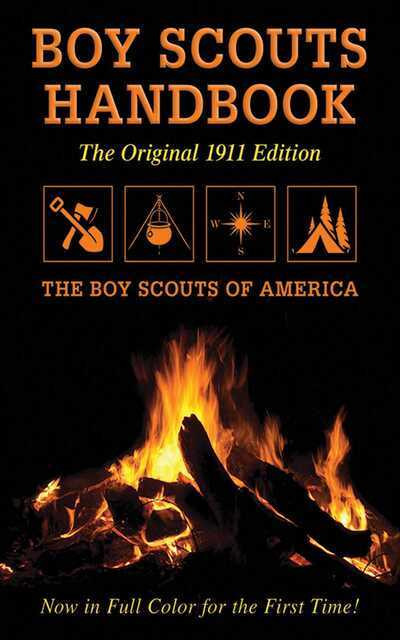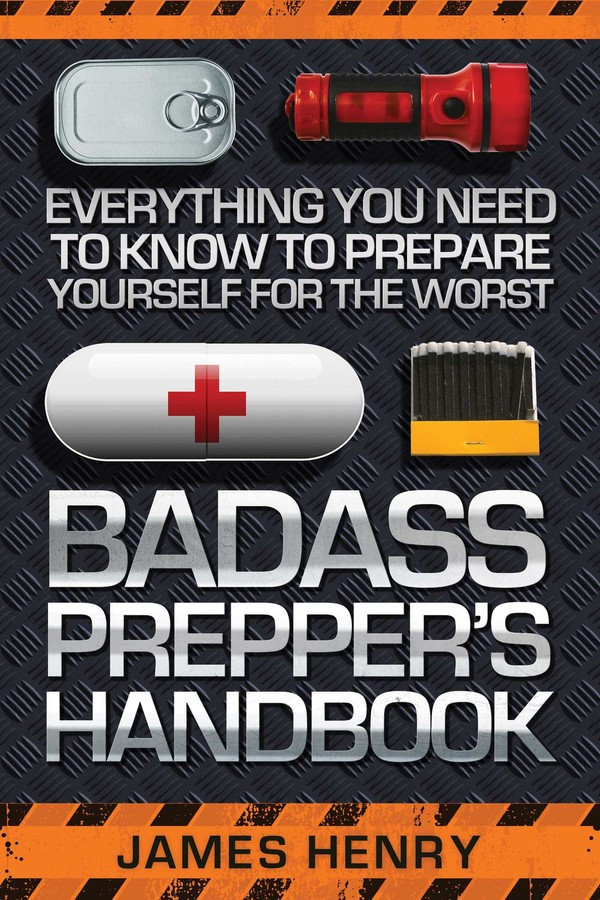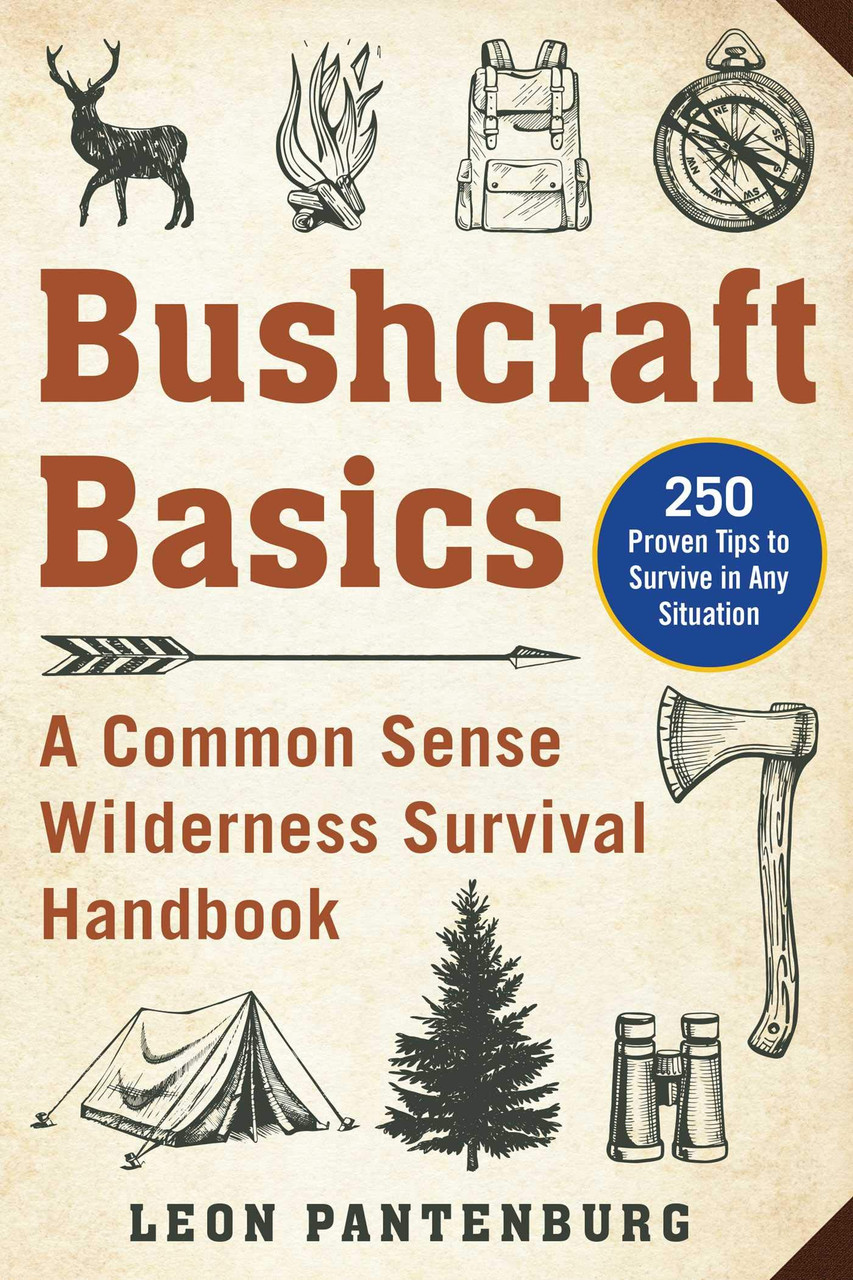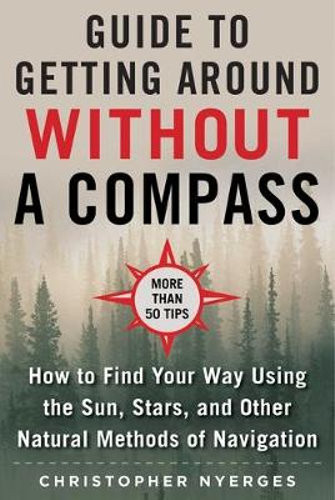| Content | Learn How to Start a Fire, Even When It Seems Impossible!
Since the dawn of mankind, fire has been a staple of survival. Whether it is used to keep warm, cook food, or scare away predators, fire is an essential element, one that is almost impossible for humans to live without. But with society's current dependence on modern tools and technology, many persons would have no idea how to start a fire without matches or a lighter. In an emergency situation, a lack of knowledge about it could easily prove fatal.
In Guide to Making Fire without Matches, survival expert Christopher Nyerges provides readers with all the skills that they may need to start a fire without modern tools. The book begins by covering the history and lore surrounding fire, and then moves on to describe, in detail, the four main methods through which fire is made: friction, the sun, electricity, and chemistry. Additional topics include:
How to make a fire in the rain
The best locations to build a fire
Safety precautions to take when around fire
How to tend your fire
How to make a signal fire
Different ways to cook with fire
And much more!
With helpful diagrams, illustrations, and sidebars, Guide to Making Fire without Matches is the ultimate reference book for learning about an essential element.
| 21 Essential Knots for Everyday Use Indoors or Outdoors! This compact little reference book includes knots for a wide range of functions, from home to work, hobby to play activities. No knot-tying jargon is used, no baffling technical terms--just simple step-by-step instructions and outstandingly clear line drawings. It's the perfectly portable knot reference for anyone--scouts, sailors, hunters, anglers, gardeners, farmers, horse riders, you name it! Among the knots in this book are: Overhand knot, Heaving line knot Reef knot, Sheetbend Fisherman's knot, Figure-of-eight loop, Bowline Three-part crown, Sheepshank Half-hitch, Clove hitch, Constrictor knot, Pile hitch, Highwayman's hitch, Waggoner's hitch, Timber hitch, Double-loop knot, Uni-knot, Blood knot, Square lashing, and more! Start learning these useful and practical knots today.
| Many have died in the Australian bush who might have lived had they known the appropriate survival skills. Bushcraft covers all areas of survival and camping activities: making ropes and cords, building huts, camp craft, finding food and water, making maps, starting fires, tying knots, and fashioning hunting and trapping gear virtually every technique required to stay alive in the woods. With over 400 black-and-white illustrations and photographs, this book explains how to make use of natural materials found locally in any area, conserving instead of destroying native Flora and fauna. It describes many of the skills used by primitive man, adding to these the skills necessary for modern man's survival, such as methods for determining time and direction. By developing adaptability and honing the five senses, it will also improve your self-esteem and your ability to overcome difficulties in everyday tasks. Bushcraft is a clear, accurate, and reliable resource for anyone who wishes to face nature on its own terms with just a knife and this book. | Features of Pocket Guide to Emergency First Aid from Pocket Guides Publishing:
- Sections dealing with all kinds of medical emergency situations
- Great companion guidebook to the Pocket Guide to Outdoor Survival
- Spiral binding lets pages lay flat for easy reading in the field
- Side tabs let you find the right chapter quickly
- Fully waterproof (tested by soaking in water for months on end), and astonishingly durable - dirt-proof, tear-proof, wind-proof, kid-proof.
- Pages are made of specially formulated, heat-treated, PVC plastic - polished, resin-coated polyvinylchloride polymer). Pages feature:
- Bright white printing surface - all printing is clear and precise
- Virtual indestructibility - the pages can't rip or tear, and the corners won't bend over
- Flexibility - pages can bend without breaking
- Washable surface - just wipe clean after use or wash in water
- Steel rule die cut with polished edges - the corners won't poke you while in your hand or in your pocket, as often happens with plastic printed materials
- Will not warp, fade or deteriorate. (Keep out of direct sunlight for prolonged periods - nothing can prevent the sun's ultraviolet rays from "yellowing" any kind of paper or plastic. Under normal conditions it will take years of use for these Pocket Guides to "yellow", and even then they will remain clear and perfectly readable!)
| This is a full-color edition of the very first Boy Scouts Handbook, complete with the wonderful vintage advertisements that accompanied the original1911 edition, Over 40 million copies in print!
The original Boy Scouts Handbook standardized American scouting and emphasized the virtues and qualifications for scouting, delineating what the American Boy Scouts declared was needed to be a “well-developed, well-informed boy.” The book includes information on:
- The organization of scouting
- Signs and signaling
- Camping
- Scouting games
- Description of scouting honors.
Scouts past and present will be fascinated to see how scouting has changed, as well as what has stayed the same over the years.
| If you’ve ever wanted to learn how to throw knives or tomahawks, look no further than The Ultimate Guide to Knife Throwing. This comprehensive guide is perfect for everyone from novices who have never picked up a knife to seasoned knife and tomahawk throwers looking to compete in their first tournament.
Bobby Branton has been a foremost expert in the field of knife throwing and handcrafting custom throwing knives for over thirty years and shares his expertise here with easy step-by-step directions. Branton shows readers two methods of throwing knives that are most popular with knife throwers today. He will also share his extensive knife-making experience by showing readers how to make a quality throwing knife on a budget.
In addition to improving technical skills, this guide will also give readers a brief history of the sportcovering everyone from the pioneers of the sport to today’s modern impalement artists. This book will give you the tools needed to learn everything from the basics of knife and tomahawk throwing to how to start your own knife and tomahawk throwing club. Readers will learn how to construct targets, learn the basic stance, basic knife and tomahawk grips, and the mechanics of throwing knives and tomahawks. Branton’s guide gives an in-depth look at this fast-growing sport, with a strong emphasis placed on safety.
The Ultimate Guide to Knife Throwing is a must for anyone interested in the sport of knife throwing.
|
